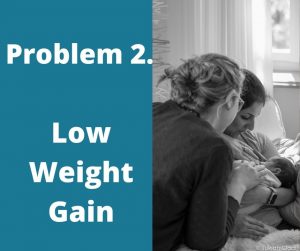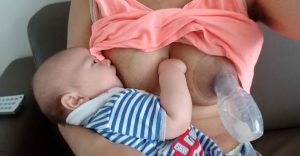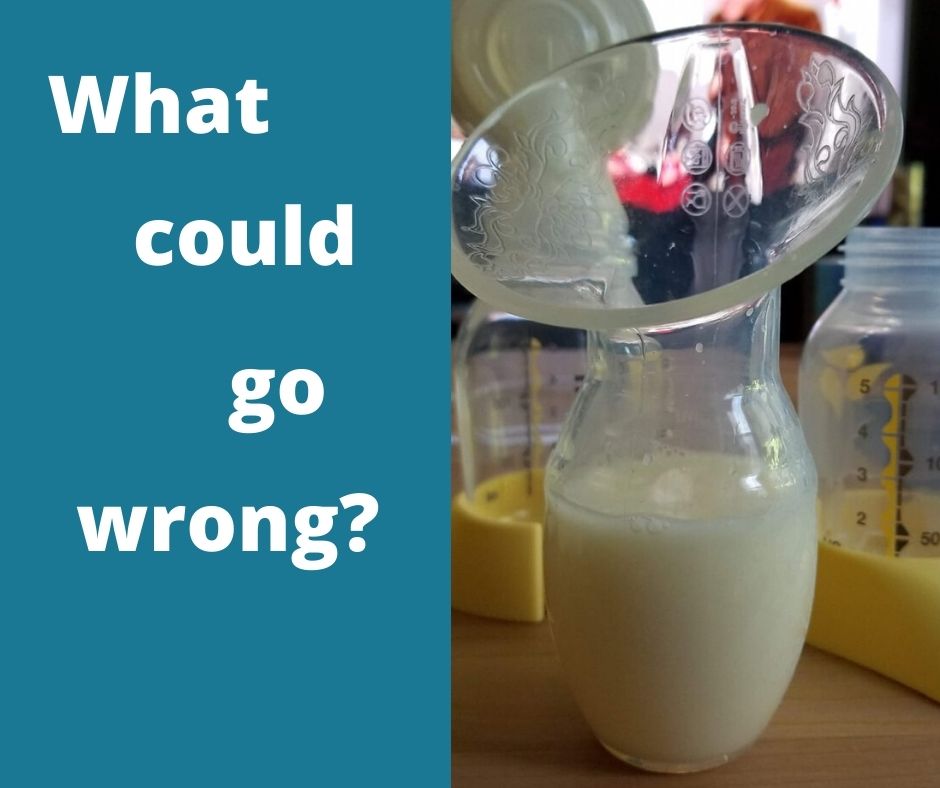So you’ve probably heard about this thing called a Haakaa. You might even have one! Maybe you used it and loved it and spread the word to all of your new mama friends! And yep, indeed, it was pretty revolutionary when it was first released: A one-piece, soft flexible device that you just stick onto your breast, and huzzah, you suddenly have a bunch of expressed breastmilk with absolutely zero effort. What’s not to love?
But. This post isn’t going to be about how handy the Haakaa is — there are a plethora of articles out there that do that. Yes, I think it’s a brilliant tool to have in my toolbox as a lactation consultant, but I have also seen it cause some pretty big problems. And these particular issues keep popping up again… and again… and again.

Problem 1: Oversupply
Many mums get themselves a Haakaa in order to collect the drops of milk that would otherwise go into a breast pad. Often, their supply started off pretty high, and the Haakaa is being used to relieve some pressure from very full breasts when baby is feeding on the other side.
What do I see? By the time I see them, their baby is overwhelmed by their milk, often gags, pulls off repeatedly in distress, and finds it difficult to control their suck-swallow-breathe coordination. Mums may have continued clogged ducts and can be at a much higher risk of breast inflammation and mastitis, and often come to me very sad that they have never managed to experience that beautiful, cosy, nurturing feed they’d dreamed of; their vision of breastfeeding did not include a constantly gagging, choking and distressed baby throughout every feed.
Why does this happen? There seems to exist this idea that all the Haakaa does is collect leaking milk, and that because it doesn’t have a motor or doesn’t require a pumping motion, it does not stimulate supply. But remember the most simple rule of breastmilk production: The more milk you take out, the more milk you make. I can assure you that your breast pads are not collecting 80ml (or much more!) of milk during a feed on the other side! In this situation, your body is receiving the. feedback that this milk was needed for your baby, so you will continue to make this amount, and your supply will eventually regulate at this higher level.
How can we fix it? If mums come to see me early enough, before supply is fully regulated, then all we need to do is get mums off their Haakaa. We teach hand expression as an option to deal with pressure and discomfort instead, which should only be required for a very short period of time. For those where it’s more complicated and their supply really needs to be brought down a little, then a knowledgeable IBCLC can provide good support to allow them to experience the feeds they’d dreamed of. (But don’t start using the Haakaa again once things regulate!! This often happens, and very very quickly your supply reverts back to being overwhelming.)

Problem 2: Low Weight Gain
This is now something I’ve seen around half a dozen times, so it’s definitely happening. These mamas, from what I’ve seen, have all had something that scared them and reduced their confidence in their body’s ability to make enough milk for their baby. Perhaps their baby lost quite a lot of weight in hospital, or this mama has a history of low supply with a past child, or their milk took a while to come in, or they needed to supplement with formula for the first week; for whatever reason, these mamas are worried. To better explain this situation, I’m going to introduce you to Emma, a fictional amalgamation of a bunch of parents I have seen in this situation. Emma had unexplained low supply with her first baby and stopped breastfeeding at 8 weeks. She still carries a lot of pain with her about this experience, and so desperately wants a different story with her new baby.
What do I see? Early on, like many others, Emma leaked a little on her unused breast when she was feeding from the other. She feared losing even a couple of drops of that treasured milk, so she heard about the Haakaa, which would collect all of this this leaked milk. Emma knows the supply-and-demand concept of milk production, so she became really excited when she would see 20ml being drawn out in the Haakaa, then 30ml, then 40ml. She knew this would mean her body would continue producing more milk for as long as she continued to collect it, and it was empowering for her to watch her much-longed-for milk fill it! For each feed, she would bring her baby to one breast and put the Haakaa on the other. She’d then swap breasts and latch her baby to the side where the Haakaa just was. Bubba latches, sucks a couple of times, falls asleep and begins that sleepy, weak, non-rhythmic kind of suck that we know is not conducive with active feeding (‘non-nutritive sucking’, for those playing at home). They could potentially stay on this breast for really quite a long time, taking only very very little milk. These babies have then theoretically been on both breasts, are then considered content and asleep, so the feed is then finished. Baby sleeps, mum puts her milk from the Haakaa in the fridge.
So what’s wrong with that? All newborns are sleepy… and it’s a universal truth that parents who are working hard to get their newborn’s weight up are also working very hard to keep their baby awake at the breast! They seem so hungry, but then the moment they latch on, they do three sucks and then bam — asleep! But another universal truth, however, is that one of the best (if not the best!) ways to keep a baby awake and active at the breast is to get that milk flowing! A baby who is latched to a breast with a slow flow is going to fall asleep much faster than a baby who is having to suck swallow breathe, suck swallow breathe, suck swallow breathe, repeat. But in Emma’s situation, the Haakaa has removed this initial, fast-flowing stored milk, so now the baby has to work harder and stay active longer to get the next, slower-flowing letdown. And some babies who are struggling may not be able to do that.
Then what happens? Then comes the moment when Emma learns that baby is not gaining enough weight, and she is told to give 30ml of additional milk in a bottle after each feed at the breast. All of her fears of repeated low supply are now being realised, and it can be very hard, though also very confusing, as she clearly has all of this milk that she has expressed! Ideally, this is when Emma gets in contact with me, and after a lot of discussion, it becomes clear that the only thing that needs to change is that she needs to stop using the Haakaa! Leave that milk in the breast, use a breast shell to collect the leaking drops if you want to, and get that fast-flowing milk from the first let-down into the baby’s stomach directly, instead of into the Haakaa, then into a bottle, and only then into the baby. Sounds simple, but when you are in the thick of it, sometimes you can’t see this, and you fall into a spiral — I totally totally get that.

Problem 3: Breast Refusal
Sometimes, though, I don’t get called until later… It is the same situation as above, with low weight gain, but things get more complicated.
What do I see? When I come, I see a baby who is thriving, but a mama who is in a lot of distress. Every time they try to breastfeed, their baby either pushes the breast away, arches their body away, and just refuses to latch. If they are still latching, then they only latch for a moment before then pulling off abruptly, crying in distress and then refusing to relatch. Mums in this situation often tell me that they feel such a strong sense of rejection and such deep sadness, and feel totally helpless. Milk is in there, they know it, but they can’t get their baby to take it. Bubba is crying, mama is crying, the mum feels she has no option but to then get the bottle of milk and feed her bubba this way. Milk is left in her breast, and her supply really does start to now go down. It’s a really tough, emotional situation.
Why does this happen? Here, mums were told to supplement their baby with their expressed milk in a bottle after every feed. They are prioritising their baby’s growth, which we all want! But doing it in this way can be problematic… there are other very effective ways to supplement when needed. In this situation, quite quickly, the issue of a bottle preference can start to emerge — and when I talk about bottle preference, I’m really talking about a milk-flow preference. When milk comes from a bottle, the milk comes immediately and continuously; When milk comes from your breast, your baby has to work hard for a little while before any milk comes, and then the flow rate varies throughout a feed — fast, then slow, then fast, then slow, throughout. Babies are clever. Of course they would prefer milk to come immediately and easily! Sometimes, in their distress, mamas try to force their babies to latch. And full disclosure, I’ve been here with a non-latching baby, and I too have taken his little head and pushed him towards my breast, his body pushing back against me. I now know that this kind of thing can make babies even more averse to coming towards the breast — they need to be the boss.
What can we do? Clearly, this situation needs a lot more work than just ‘stop using the Haakaa’. It needs patience and care, lots of skin-to-skin and trust in your baby’s instincts. Step one is to get back to basics and focus on skin to skin: make your breasts available in a totally stress-free way, always ensuring that we are keeping baby fed. “I’m here when you’re ready, bubba. Here’s my breasts, right here, whenever you’re ready. No stress!” Step two is to look into alternative ways to feed the baby that milk that they need while they are on their strike — know that there are so many options besides bottles, and if you do want to use a bottle, know that there are actually breastfeeding friendly ways to be offering that bottle. But, ‘How to Deal with a Nursing Strike’ is a whole other post, so let’s just say that this is definitely a situation that needs patience, but it is a situation that can be solved! That’s what we lactation consultants are here for. If you’re in a situation like this, get a hold of a Lactation Consultant IBCLC as soon as you can, and have faith.
* * *So what’s the take-home message?

So there you have it, three situations that I’ve been seeing enough times throughout this last year that it warrants a discussion. I love the Haakaa! I think it is a brilliant tool for breastfeeding, but it is not a one-size-fits-all device that works for everyone in the same way. We need to stop viewing it as something that gives a zero-effort freezer stash with no repercussions. Yes, I still recommend them to many mums in certain situations, but I don’t just tell them to whack it on and enjoy — there’s more to it than that.
*For tips on when I think you CAN use the Haakaa well, see my next post!*
(Thanks to Angela and Ruth in my online group for sharing their pics and allowing me to use them here!)




